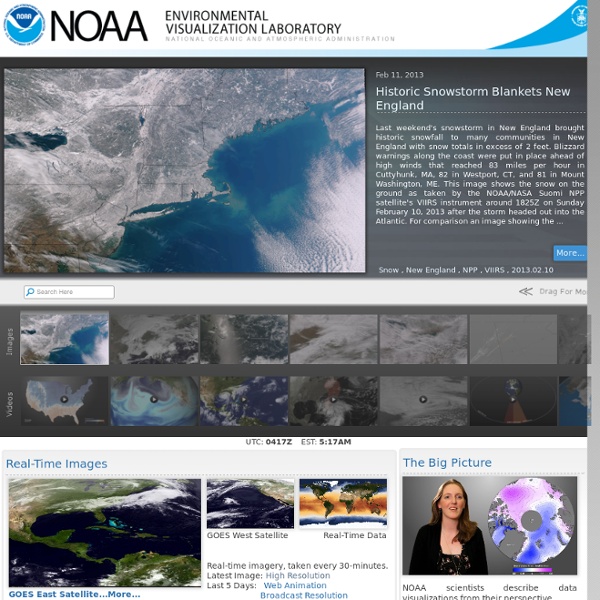NOAA Environmental Visualization Laboratory - Animations and images featuring NOAA's remotely-sensed data
BBC Hawaii | Message in the Waves | No More Plastic Bags
Educational Partnership Program
Sea Grant > Home
NOAA's Satellite and Information Service (NESDIS)
Related:
Related:



